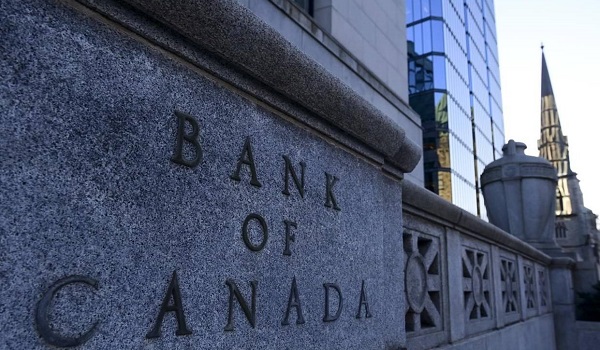Canadian dollar could rebound later this year amid changing central bank policies
The Canadian dollar is at risk of extending its recent slump, but some forecasters see a rebound later this year once the U.S. Federal Reserve signals interest-rate cuts are on the way.
It’s been a bad year for the loonie, which has been hurt by divergent expectations for interest-rate policy in Canada and the U.S.
Softening readings of inflation in Canada of late, combined with surprisingly firm inflation and economic indicators in the U.S., have contributed to bets that the Bank of Canada will be first to cut its benchmark rate, as early as June.
Canada’s inflation rate rose marginally in March from a year earlier, up from 2.8 per cent in February, according to a Statistics Canada report on Tuesday. However, the Consumer Price Index showed that core inflation measures – which strip out volatile movements in the CPI – continued to slow.
Bank of Canada Governor Tiff Macklem indicated last week that a June interest-rate cut was “within the realm of possibilities.” Mr. Macklem, however, indicated that recent inflation trends are encouraging but will need to be sustained before the bank makes any moves.
In the U.S., hopes earlier this year that the Fed was on track to soon begin cutting rates have given way to more recent expectations that any cuts remain at least months away. That makes a wider gap between policy rates increasingly likely.
The divergent scenarios have bruised the Canadian dollar in recent sessions, adding to its months-long slump. The loonie was trading around 72.58 U.S. cents Thursday afternoon, down sharply from levels above 75.40 U.S. cents at the start of this year.
While cutting interest rates sooner and more aggressively than the U.S. could further weaken the loonie, some see it reversing course and strengthening later this year if conditions suggest the Fed will turn to cutting.
“If the Bank of Canada cuts rates earlier and faster than the Fed, that will be a negative impact on the dollar. But our general view is that negative impact will be overridden by a general weakness in the U.S. dollar,” said Sal Guatieri, a senior economist and director at BMO Capital Markets.
“We think the U.S. dollar, which is close to its record highs, still will face some weakness when the Fed begins easing policy,” he said, adding that the Canadian dollar could rally back to nearly 75 US cents.
“In the near term, it seems like the Canadian dollar is going to be on the defensive and more likely to weaken a little bit over the course of the next few quarters,” said Royce Mendes, managing director and head of macro strategy at Desjardins Securities.
“But, towards the end of the year, it is very possible that the loonie gets a bit of a tailwind from borrowed U.S. dollar weakness as the U.S. Federal Reserve potentially begins cutting interest rates.”
In any event, few expect the loonie to show a major drop in the near future.


“There’s really not a major sustained risk to the currency at this point in time,” said Andrew DiCapua, a senior economist with the Canadian Chamber of Commerce.
A weaker Canadian dollar, before it strengthens later this year, would provide tempo if we see a little bit of further depreciation, that could make our goods and services a little bit more attractive,” Mr. DiCapua said.
This could provide a small boost to the economy, he said, adding that local tourism could also benefit from a weaker dollar heading into the summer months, as the currency is likely to attract international tourists, said Mr. DiCapua.
On the flip side, importers of frequently restocked goods, such as fruits and vegetables, could see negative impacts in the coming months.
This article was first reported by The Globe and Mail











